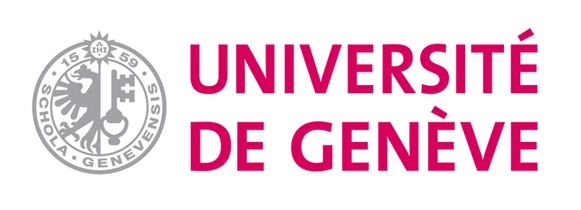Treatment Versus Regime Effects of Carrots and Sticks
| Author | |
|---|---|
| Résumé |
Public Employment Service (PES) agencies and caseworkers (CW) often have substantial leeway in the design and implementation of active labor market policies (ALMP) for the unemployed, resulting in variation of usage. This paper presents a novel framework in which this variation is used for the joint assessment of different ways in which ALMP effects can operate. We examine an additional layer of impacts - beyond the treatment effects on the treated job seekers - called regime effects, which potentially affect all job seekers and which are defined by the extent to which programs are intended to be used in a market. We propose a novel method to jointly estimate regime effects for two types of programs, supportive (carrots) and restrictive (sticks) programs. We apply this to contrast regime and treatment effects on unemployment durations, employment, and post-unemployment earnings using register data that contain PES and caseworker identifiers for about 130,000 job seekers. The results show that “carrots” and “sticks” treatments prolong unemployment, but carrots increase earnings whereas sticks decrease them. We find regime effects of a similar order of magnitude. Higher intended usage of carrots and sticks reduces unemployment durations, but carrots raise earnings whereas sticks decrease them. We also find interaction effects between carrots and sticks policies. Regime effects are economically substantial. Our comprehensive cost-benefits analyses show that modest increases in the intended usage of carrots and sticks reduce the total cost of an unemployed individual by up to 10%. |
| Année de publication |
2016
|
| Journal |
LIVES Working Paper
|
| Volume |
055
|
| Nombre de pages |
1-40
|
| Numéro ISSN |
2296-1658
|
| URL |
https://www.centre-lives.ch/fr/bibcite/reference/77
|
| DOI |
10.12682/lives.2296-1658.2016.55
|
| Mots-clés | |
| Download citation | |
| File (PDF) |

